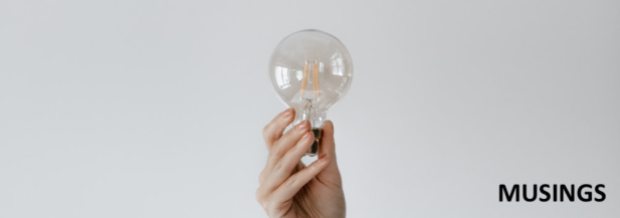
When dealing with a global issue with local variations of a problem and the need to change culture the way we are trying to do with climate change, there are important lessons we can learn about curbing smoking, especially here in Singapore.
Before we go there however, I want to first envision a state of the world where carbon emissions become more like stigmatised like smoking. Carbon-emitting industries would be like the cousin or uncle we have who is our relative and we can’t quite shake off but still be puffing away, causing our clothes to smell and our lungs to be polluted. We would want them to smoke far from us but they will inevitably bring that odour and whiff of smoke, and also ash back to us.
As employers, we would have competent workers who are smokers – and while we know that they might be taking smoke breaks, we still need to keep them as they are largely productive. So they will continue to exist, but we can treat them a little badly to nudge them to reduce their carbon emissions. Currently, we’re definitely not doing enough.
Some ideas on how to treat the carbon-intense companies/industries like smokers:
- Labels could be slapped on all of the products and service invoices of these companies – imagine going down the aisle of supermarkets and seeing these labels on the fresh beef packaging.
- These industries could be made to situate together (maybe within a yellow box); and if they are not in that given zone, they cannot run processes that emits carbon dioxide above certain threshold.
- Tax them based on escalating, progressive carbon tax rates; this is above
- These companies are not allowed to emit carbon dioxide until they registered their business in the jurisdiction and operated for at least 21 years.
So consider if we are doing enough for climate change; compared to public health. Both concerns survival of a nation, of the entire mankind.








